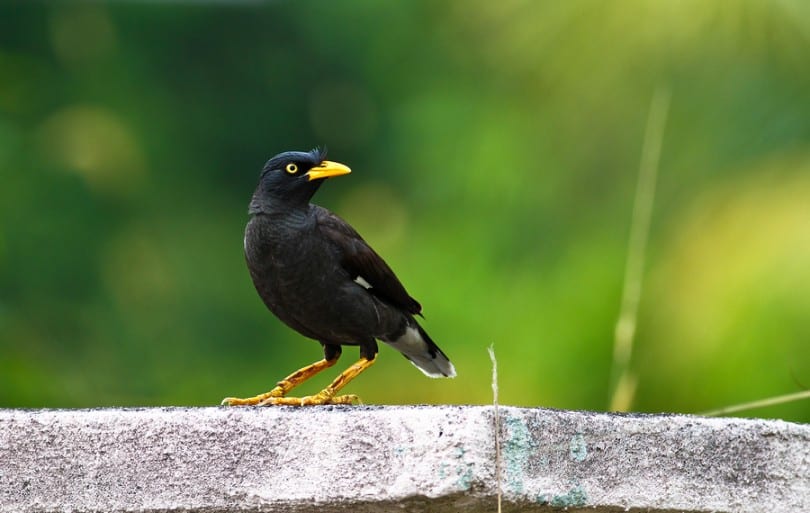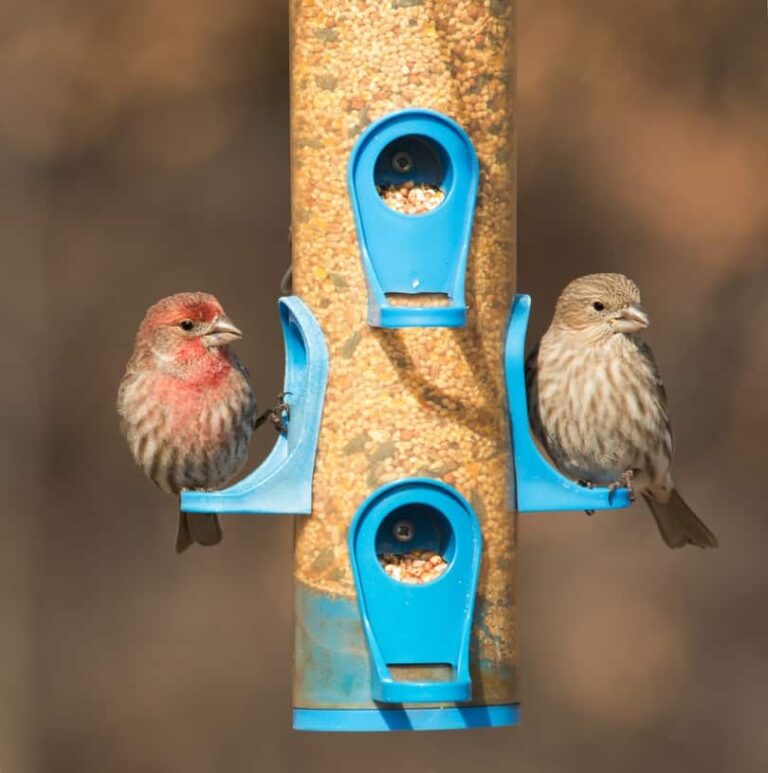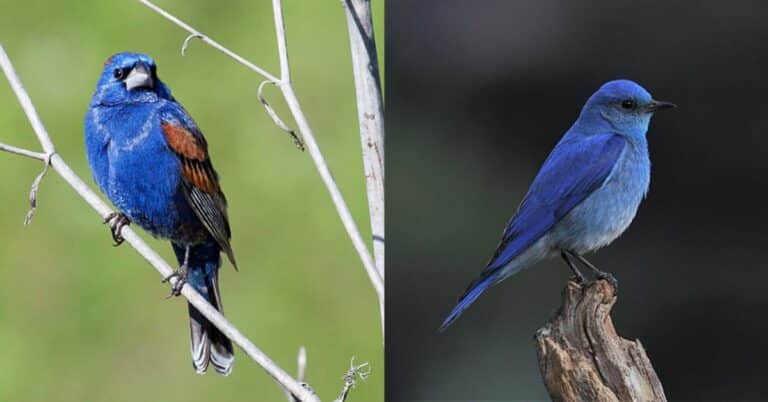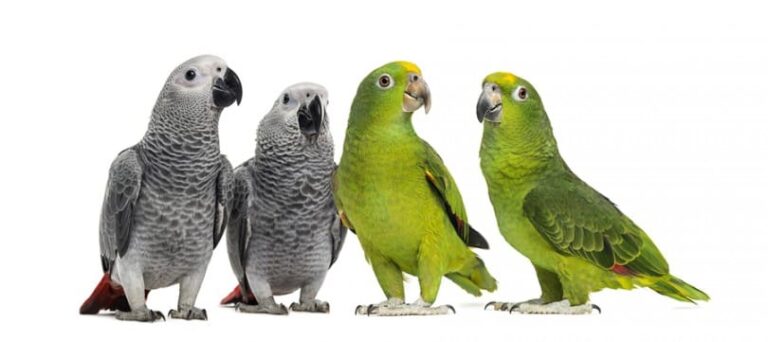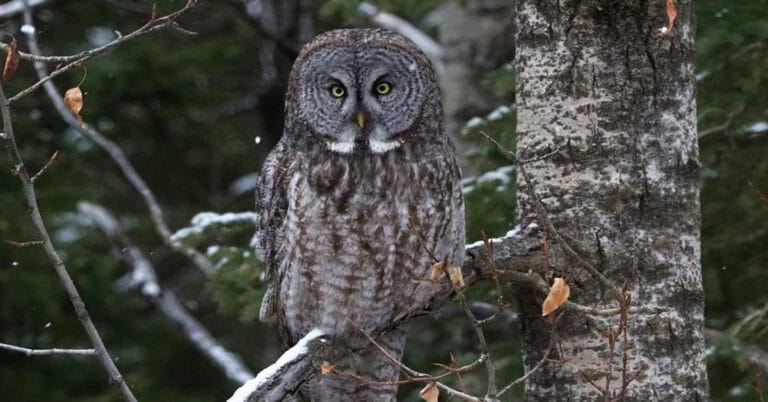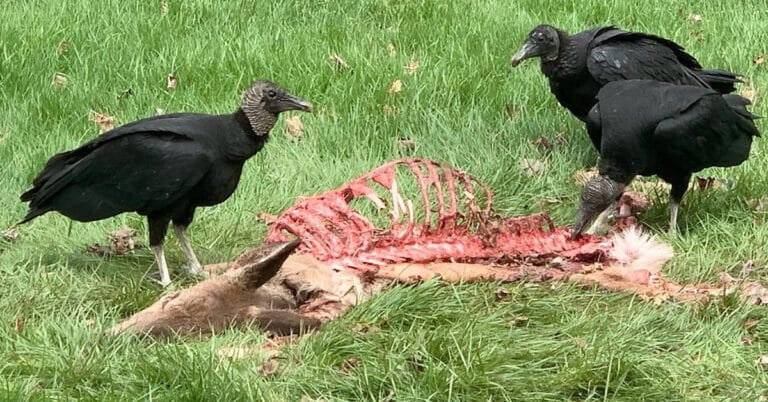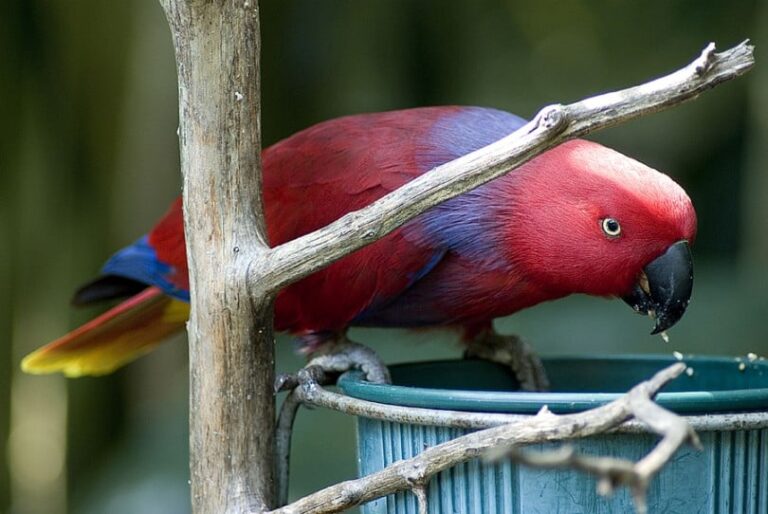Mynah
Belonging to the Starling Family also called the Sturnidae, the Myna or the Mynah, is part of a group of Passerine birds, that are endemic, especially in India in Southern Asia. Among the many species that were imported into Australia, Fiji, South Africa, New Zealand, Australia, Australia, and the United States of America, only the common Mynah is often given the status of an Invasive Species.
The origin of the word Mynah is attributed to the Hindu word Maina, which again originates from “Madana”, a Sanskrit word. Both refer to the same bird. Known the world over as the best mimicking birds, the Mynahs also make wonderful pets. Listed in the Softbill category, this bird is playful and needs a lot of special attention and care, particularly when it comes to its diet. For those who believe that they want to rear a Mynah, remember that you must provide them with a big enough cage to move and fly freely within.
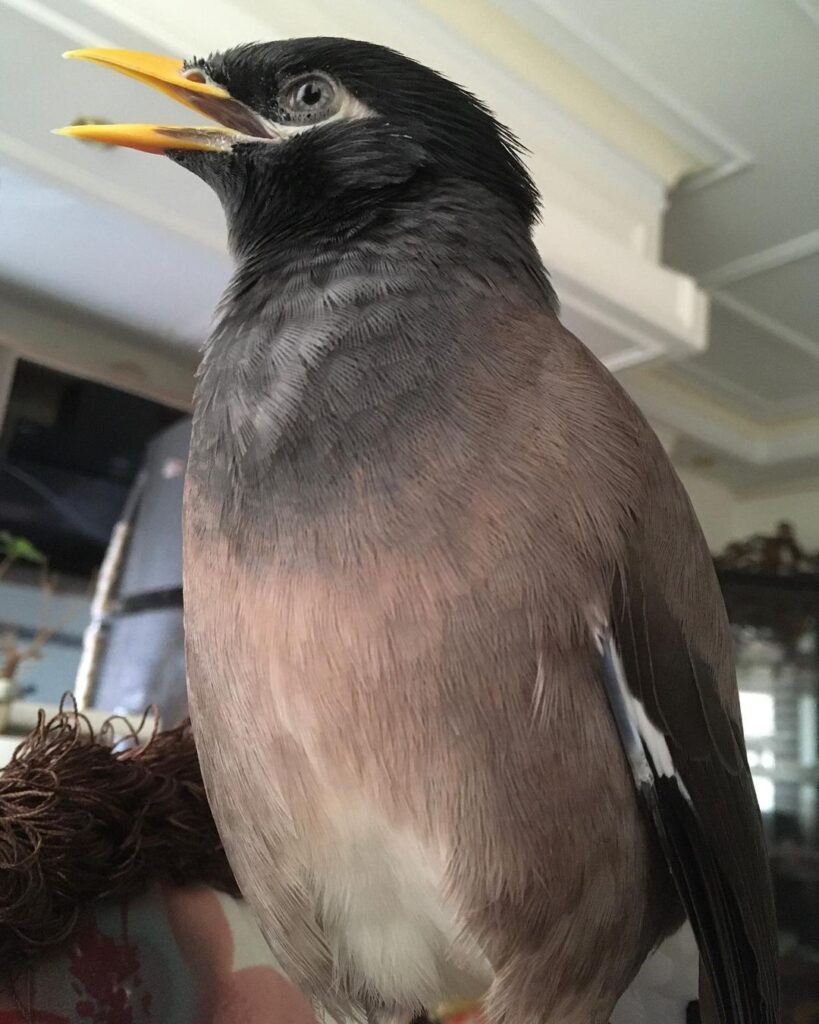
Description
The common Mynah has a typically brown body, a head with a black hood and legs and a bill of bright yellow color; its outer primaries display a white patch, while it has a yellow patch behind the ears and a white underside to its wings. They show similarities between the sexes and usually move in pairs.
This bird has a 23 cm body length, with a 109.8 grams average weight and a wing span of about 138-157 mm
Habitat
The south and East coasts of Australia is home to the common Mynahs, which were imported between 1862 to 1872 from the southeastern parts of Asia to Melbourne, a process which continued up to the 1950s
Human Interaction
Come evening, several thousand of the common Mynahs congregate in communal roosts near human habitations. This takes place, particularly in the seasons when they do not breed and you can see a sea of these birds in large trees, bridges and roof voids.
Reproduction
Famous for their speaking and singing abilities, the common Mynah has gained tremendous popularity as a cage bird. In the wild, they build their nests in a wall or a tree, and breed throughout the year, as they are known to mate for life. They normally deliver a clutch of 4 to 6 eggs.
Types of Mynah
The species of Mynahs can be classified into two groups, namely “Jungle and Hill” Mynahs and “True” Mynahs. Some of the names included in the Jungle and Hill Mynahs are-:
Yellow-faced Mynahs
This type of bird is endemic to the New Guinea region and the nearby small islands. These birds are social and their diet consists of fruits and insects. They have 23 to 26 cm of body length and 217 g weight.
Long-tailed Mynah
The Long-tailed Mynahs resemble the Yellow-faced species. This species is one of the largest birds in the Strunidae group. It has 29 to 32 cm of body length and a wing chord of 15.4 to 16.8cm.
Sri Lanka Hill Mynah
This bird has absolutely originated from Sri Lanka. They have a greenish-black plumage. It attains about 25cm of body length.
Common Hill Mynah
It is a dark black colored bird with patches of yellowish-orange color on the skin around the nape of the neck and sides of the head. It attains a body length of 29cm.
Nias Hill Mynah
This bird is native to Nias region and Sumatra Islands. They are crow-like large and stocky Mynahs that grow up to 30 to 36cm tall and weigh up to 400g.
Sulawesi Mynah
This bird is very uncommon, and is mainly found in the Indonesian regions. The main habitat is tropical and subtropical lowland moist forests.
Golden-crested Mynah
These birds are mainly found in areas ranging from India across Vietnam and some parts in Malaysia. It inhabits in subtropical and tropical lowland moist forests.
Some of the “True” Mynahs species are:
Great Mynah
This bird species is endemic to the regions belonging from northeast India to the parts of southern Asia.
White-vented Mynah
These birds are also referred as Javan Mynahs, and are commonly seen in the South Asian regions. The body of this bird is mainly covered in black with white vents and white under coverts. It also has white patches on the wings.
Bank Mynah
This bird is commonly found in southern Asia. The plumage is gray and the head is black colored. They acquired this name due to their nesting habits on the banks of rivers.
Bali Mynah
This bird also has other names like Rothschild’d Mynah, Bali Starling and Jalak Bali. They are stout and medium sized with a white colored body. To add the beauty, it has a black splash on the tip of the tail and wings.
Jungle Mynah
These birds are endemic to the Asian countries like India, Burma, Nepal, Pakistan, Bangladesh and Indonesia. These birds grow up to 23 cm in length, and have a gray plumage. It has white patches on the wings that are visible only during flight.
Crested Mynah
These birds are endemic to Indochina and South East China. This species has a unique whitish colored bill instead of the orange bill regularly found in the similar type of birds.
Growing them at Home
Cage
A good large cage with a few strong perches made from natural branches to help them hop and fly, would be a good cage arrangement for these birds. Use a grated floor to facilitate cleaning of the catch tray with paper lining. Do not forget to provide a nest box and a shelf for your pet’s pleasure, and make sure that you place the cage in a vibrant location in your house, as the mynahs enjoy the activity all around them. Make them happy with toys, mirrors, bells, swings and the like, but desist using rope toys that may hurt their tongue.
Food
In the wild, these omnivorous Mynahs feed on fruits, larva, insects, small snakes, amphibians, eggs, baby rodents, and even scavenge the garbage, but do not eat seeds. You must take care to give your Mynah a low iron diet, as otherwise, it may lead to a fatal disease called hemochromatosis that poisons the bird by virtue of the excess collection of iron in the liver. Avoid also live foods, red meat, acidic fruits, and parrot food, but instead give them seedless grapes, melon and banana to complement a specialized Softbill pellet diet, formulated for their specific needs. Give it distilled water, and clean all the food and water vessels every day.
Care
Mynahs are sensitive to strong odors and smoke. Do not expose them to open windows or drafts of air, and refrain from placing their cage near the kitchen. Provide a nest box for them to sleep, and ensure that they have natural perches to make them happy, healthy and content.

Having discovered a fondness for insects while pursuing her degree in Biology, Randi Jones was quite bugged to know that people usually dismissed these little creatures as “creepy-crawlies”.

